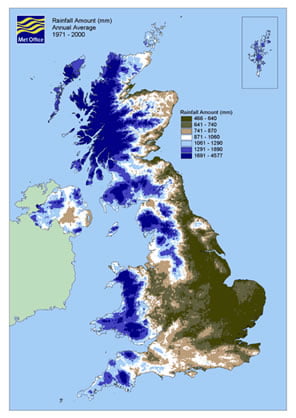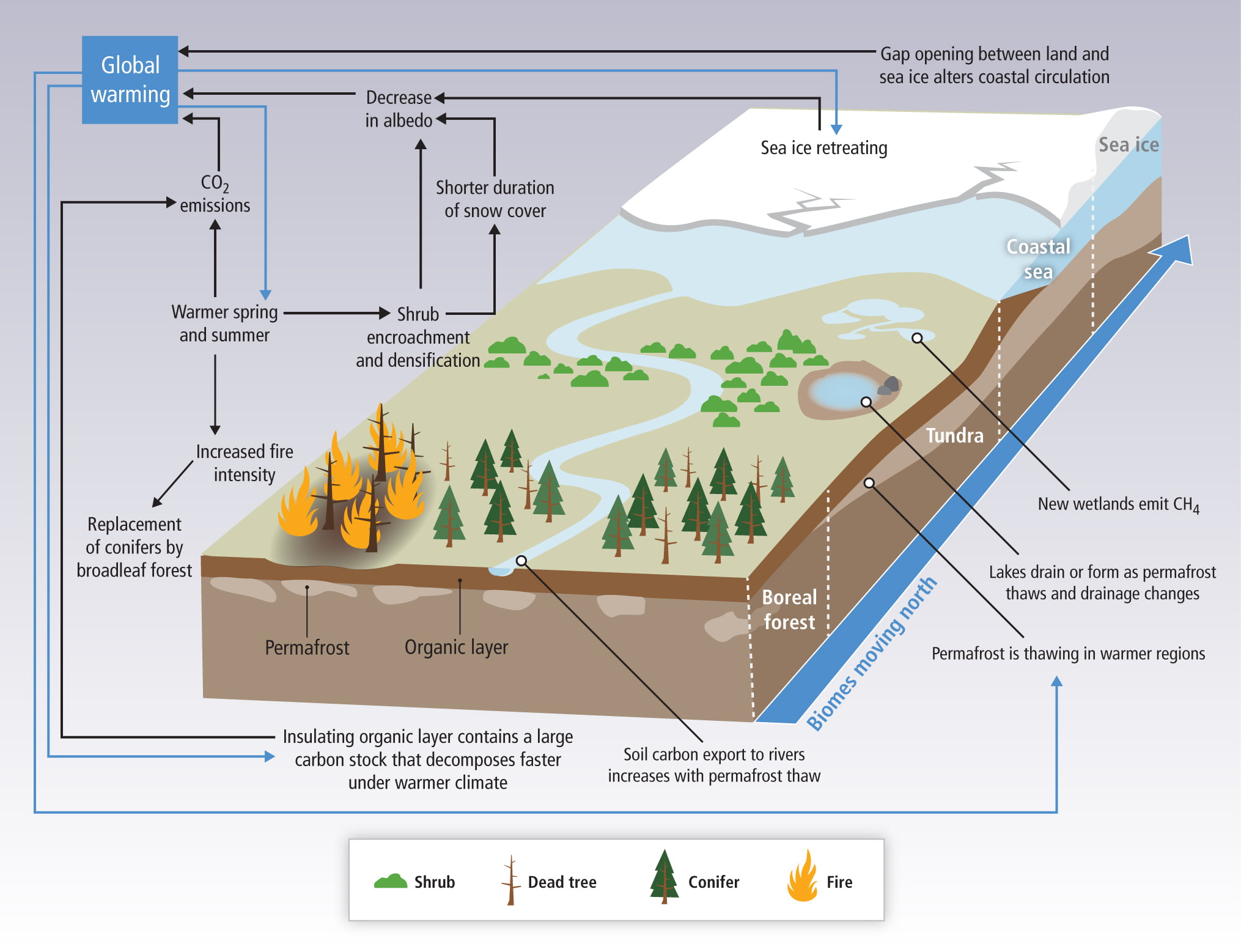Leaves as thermometers
Leaf shape changes with climate. Generally smoother leaves are found in warmer climates and more jagged leaves are found in cooler climates.
Because the shape of the leaves change with climate, fossilised leaves are used to help learn about past climates.
By studying different types of plant they can gather climate information, such as annual temperature range and water availability that corresponds to the time when the plant was living.
This graph shows the relationship between the temperature and the percentage of smooth leaves found together:

The main problem with this method is that lots of samples are needed to get a good picture of the past climate.
Using the graph, work out the approximate mean annual temperature if the following leaves were found together:

This resource was originally developed by the Climate Change Schools Project



